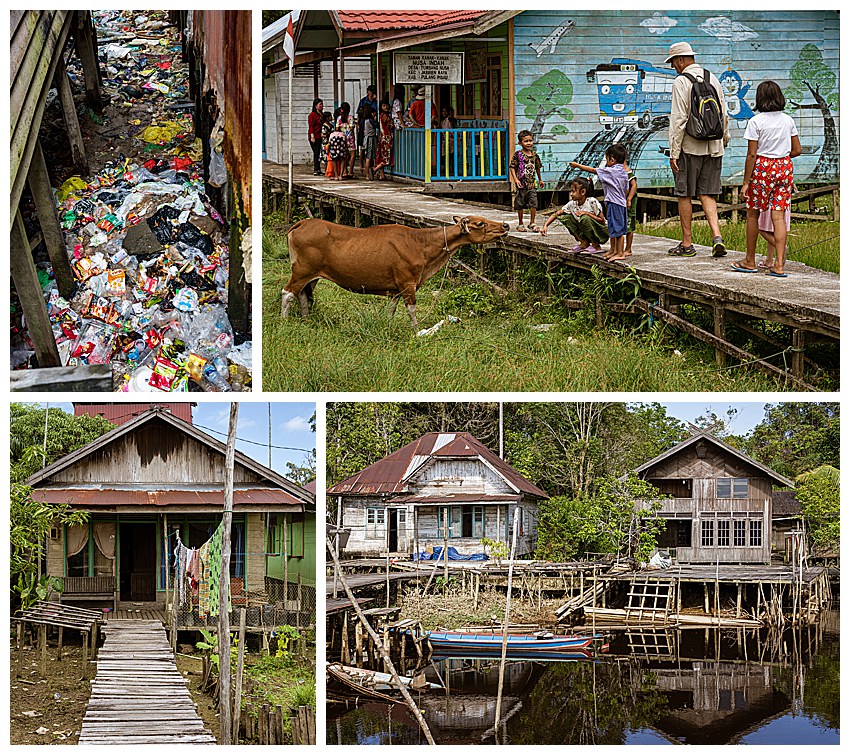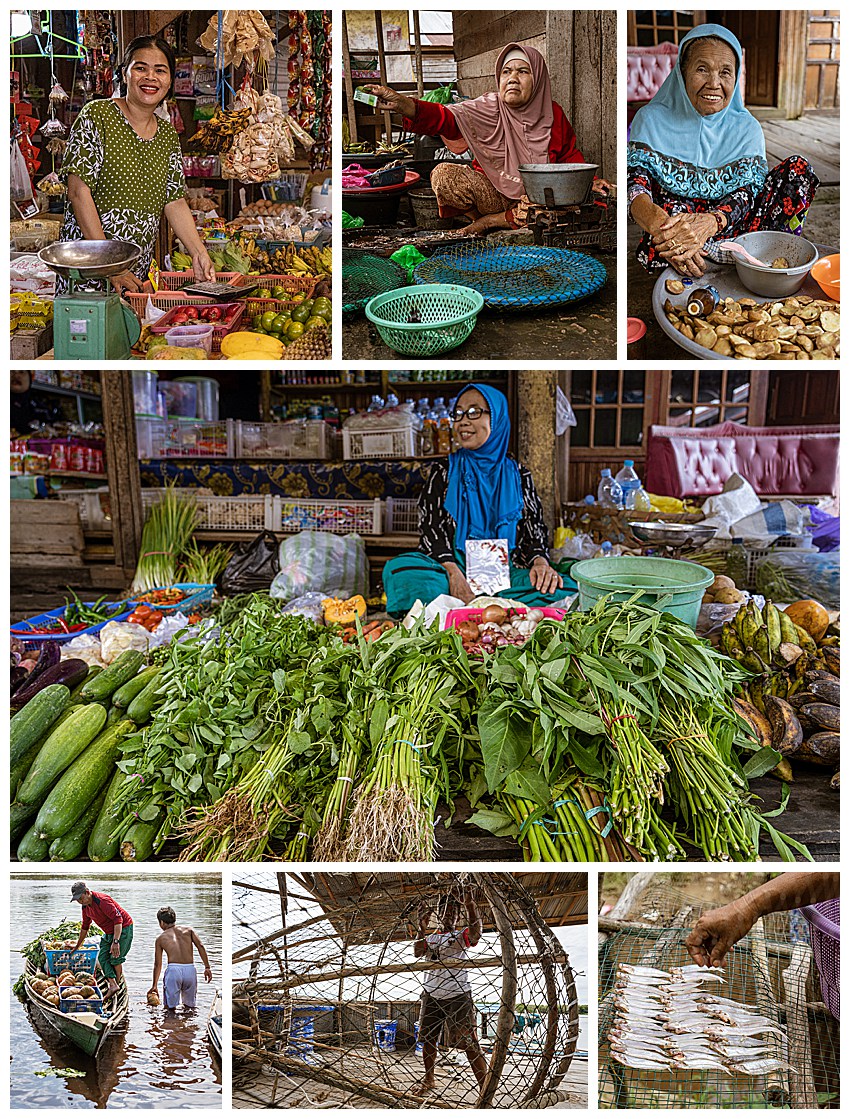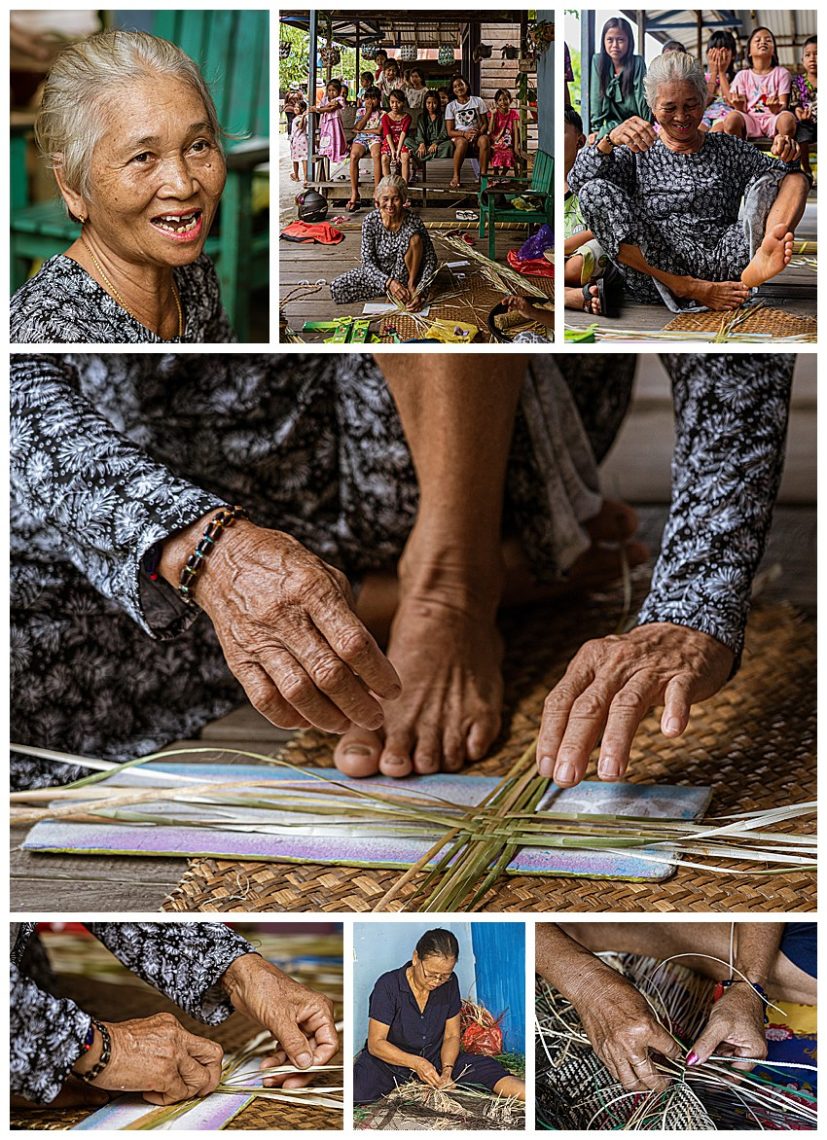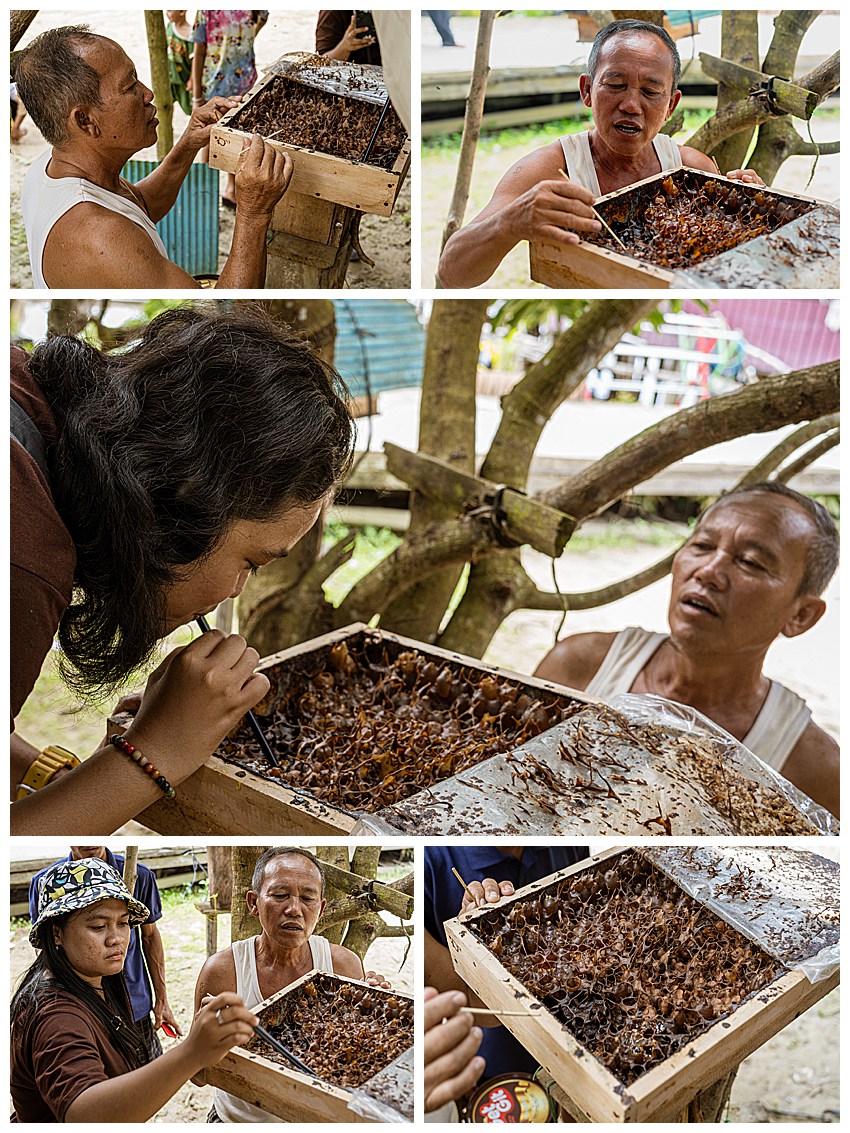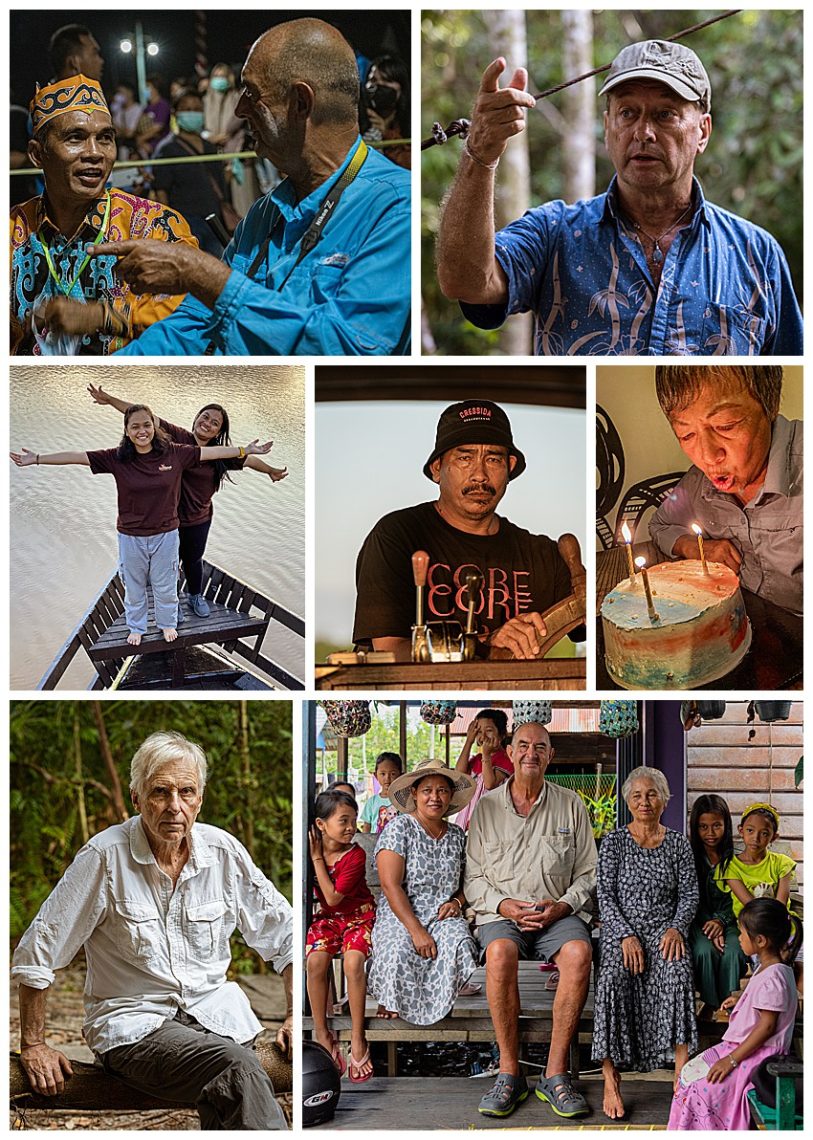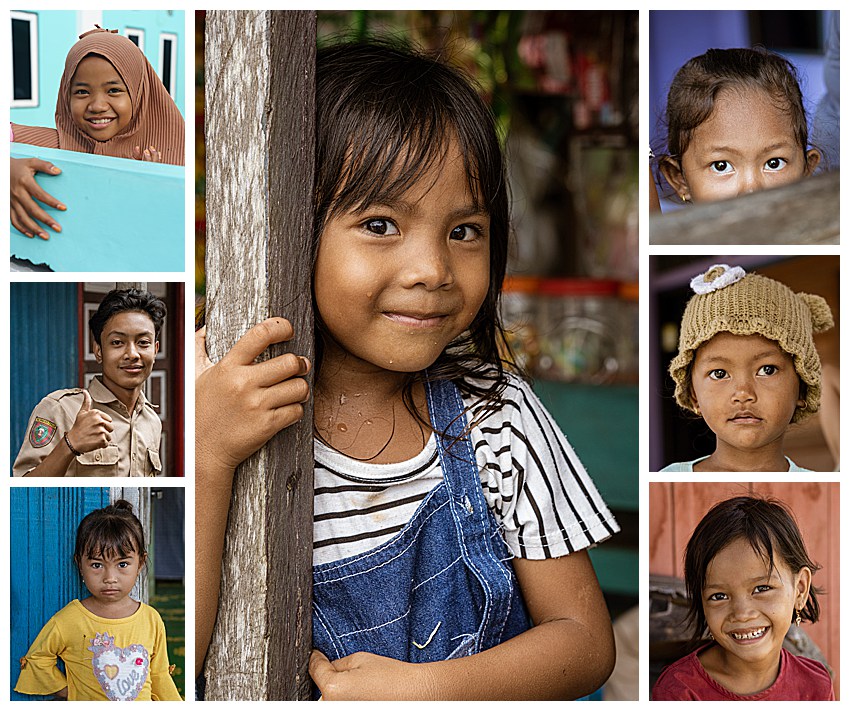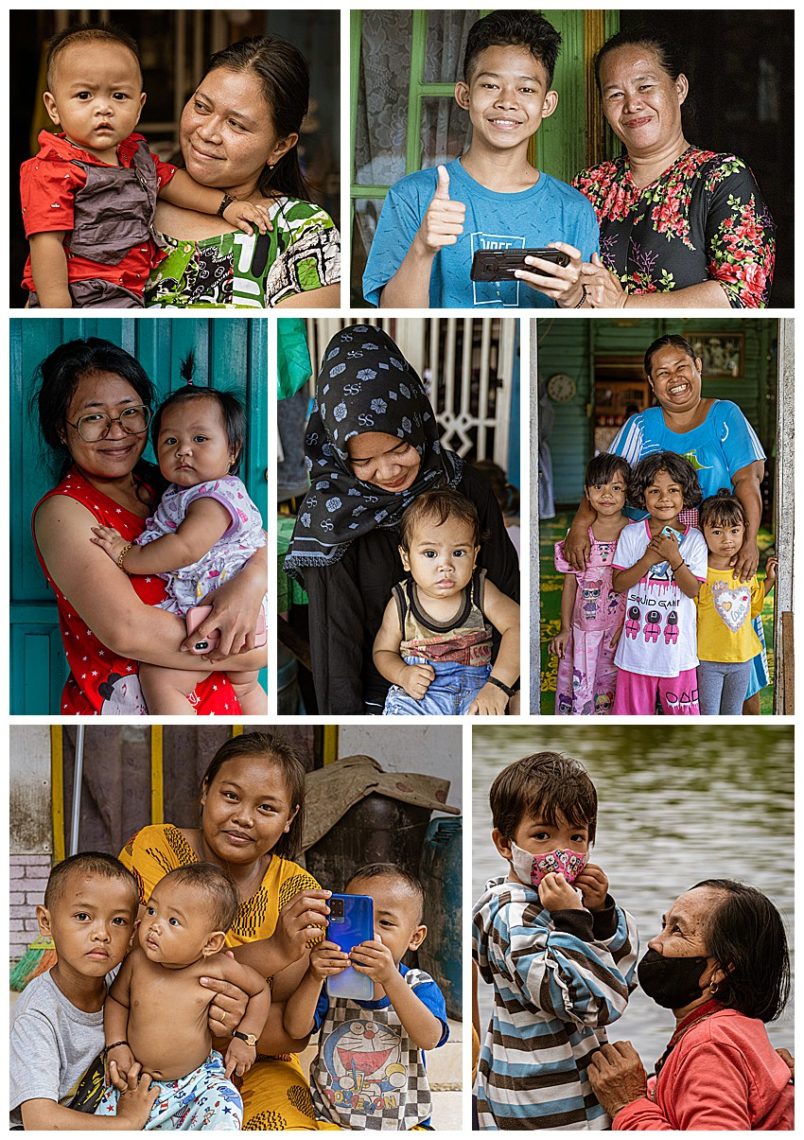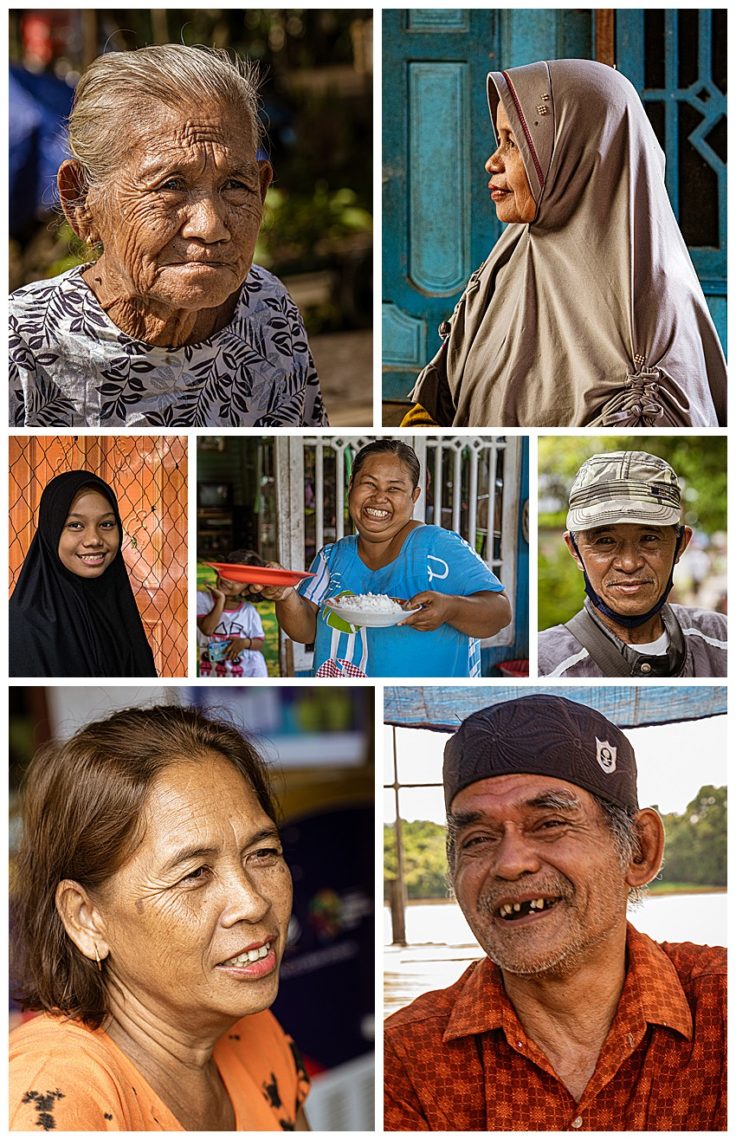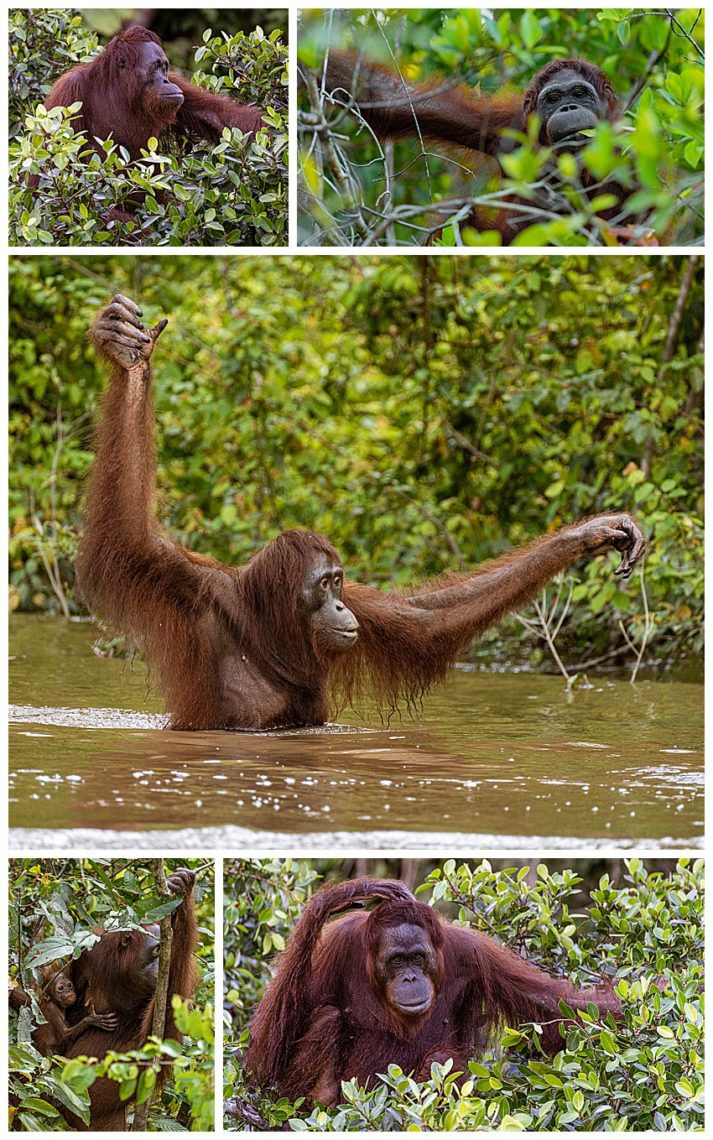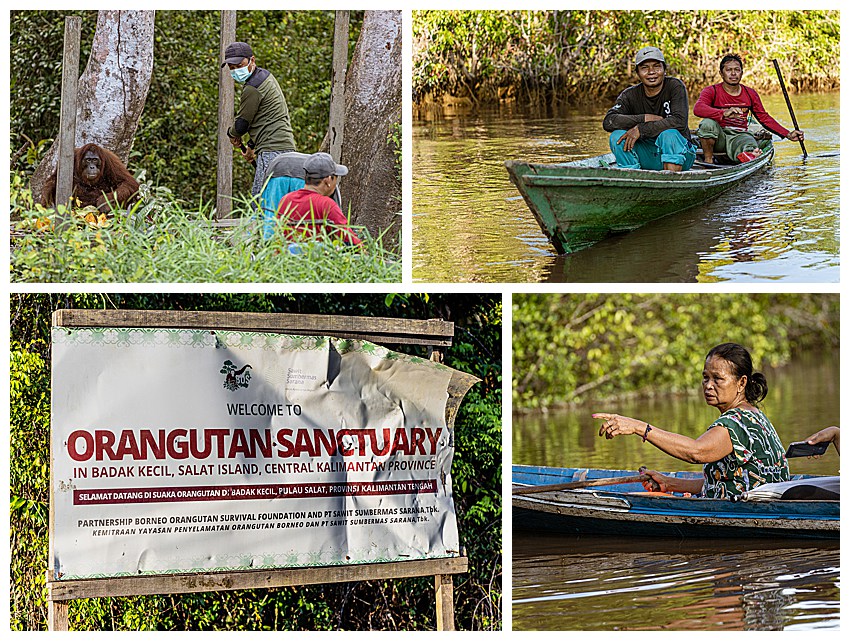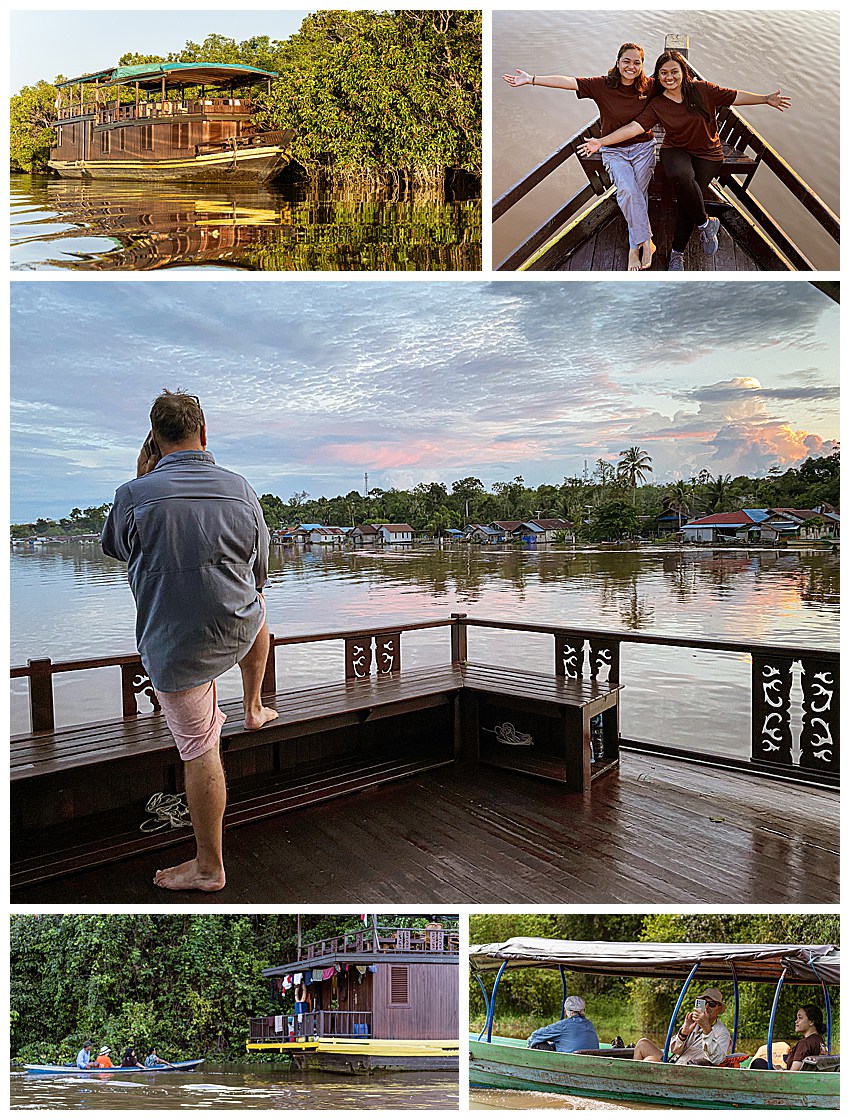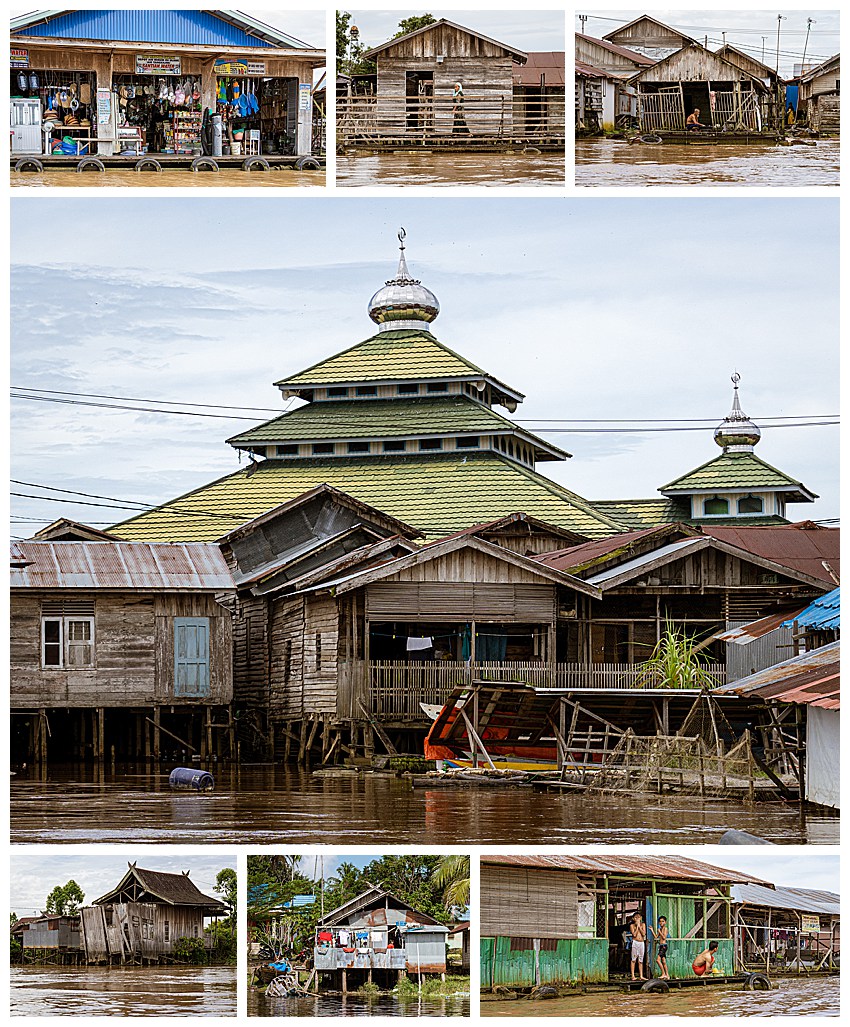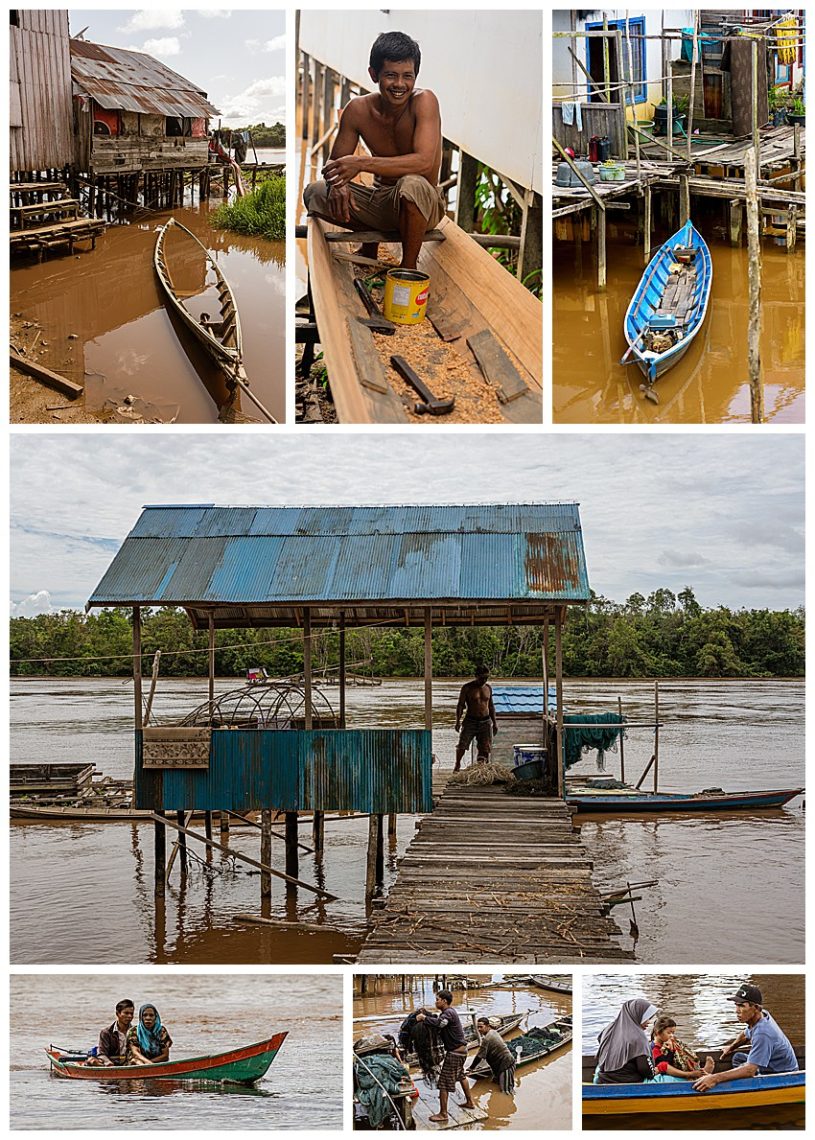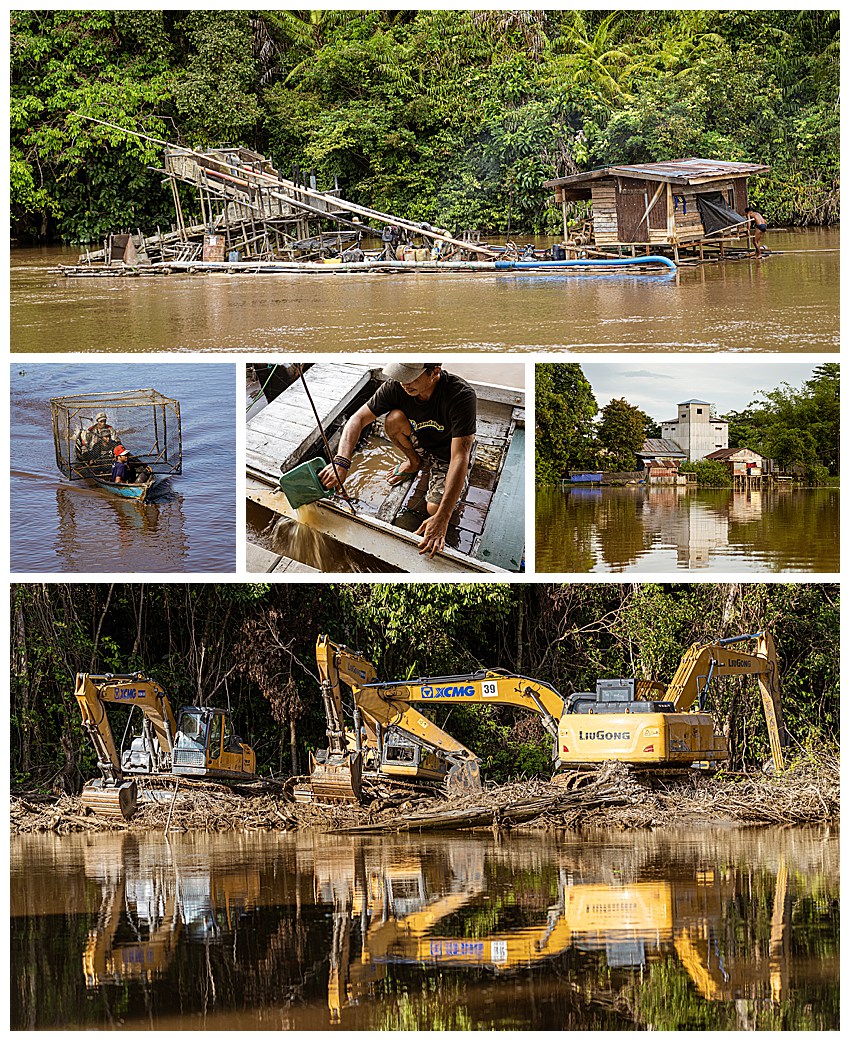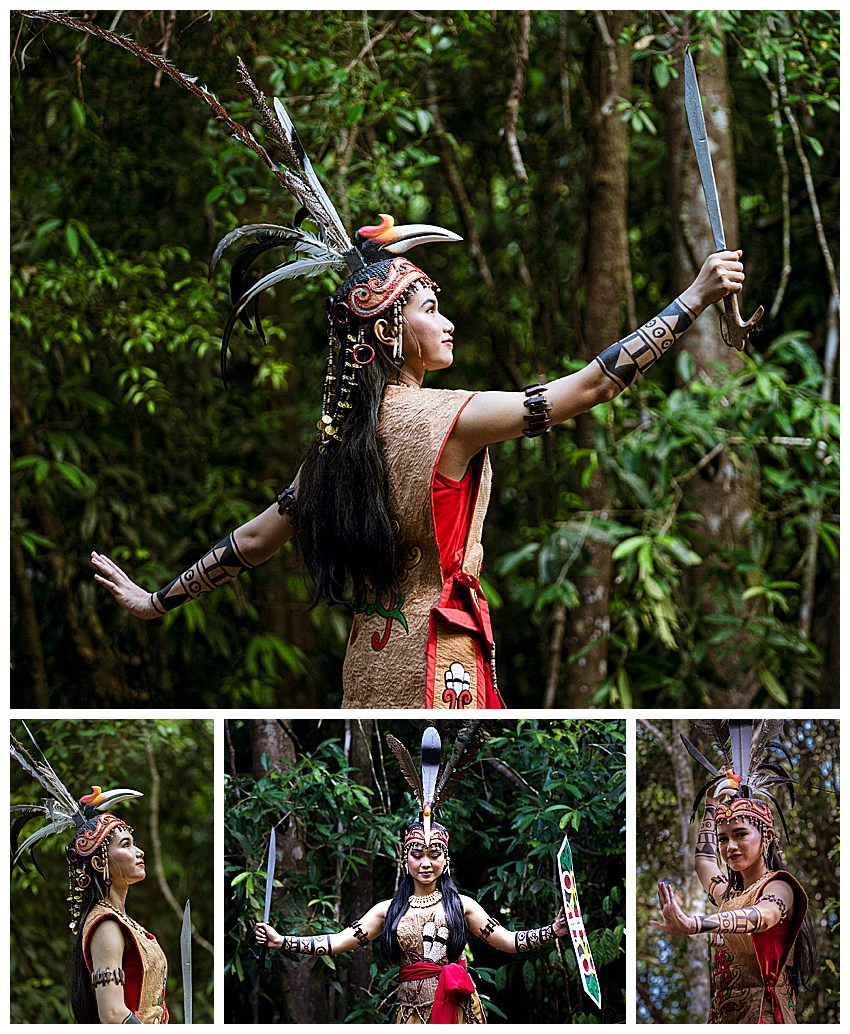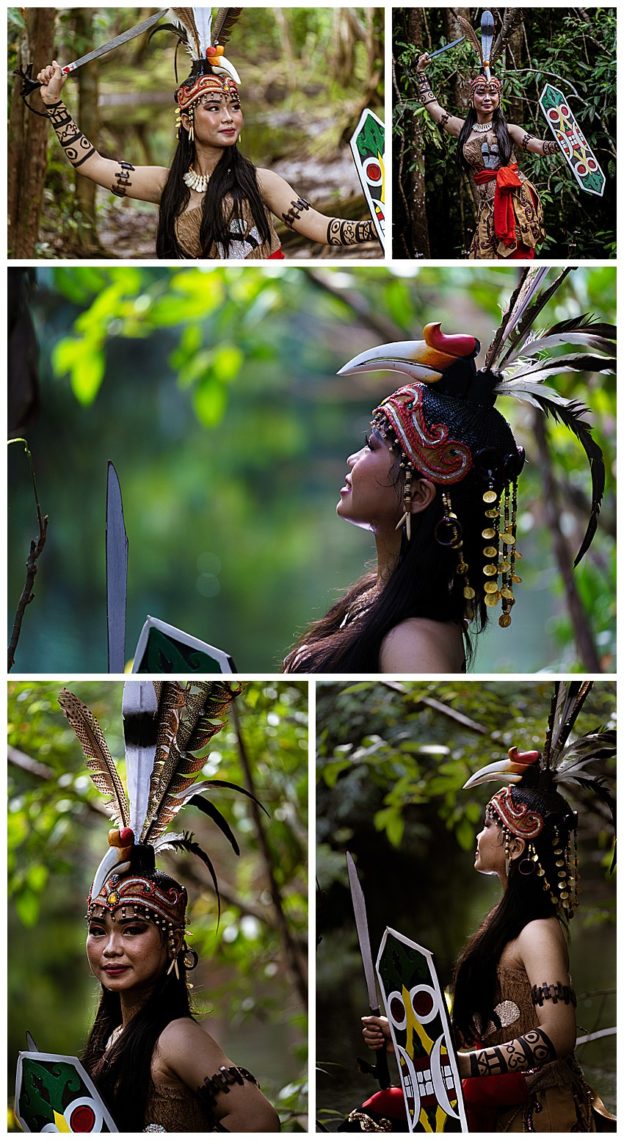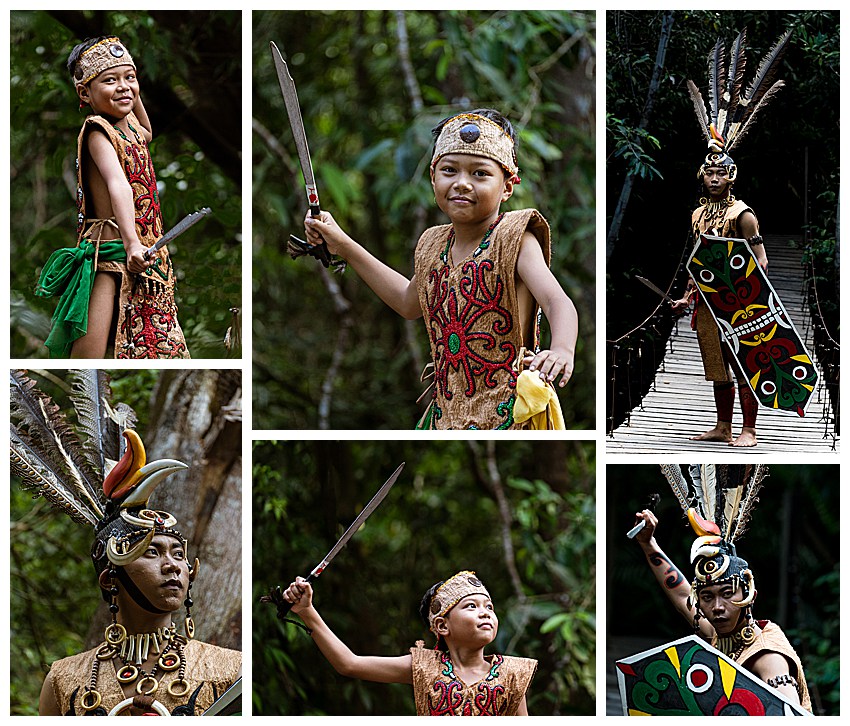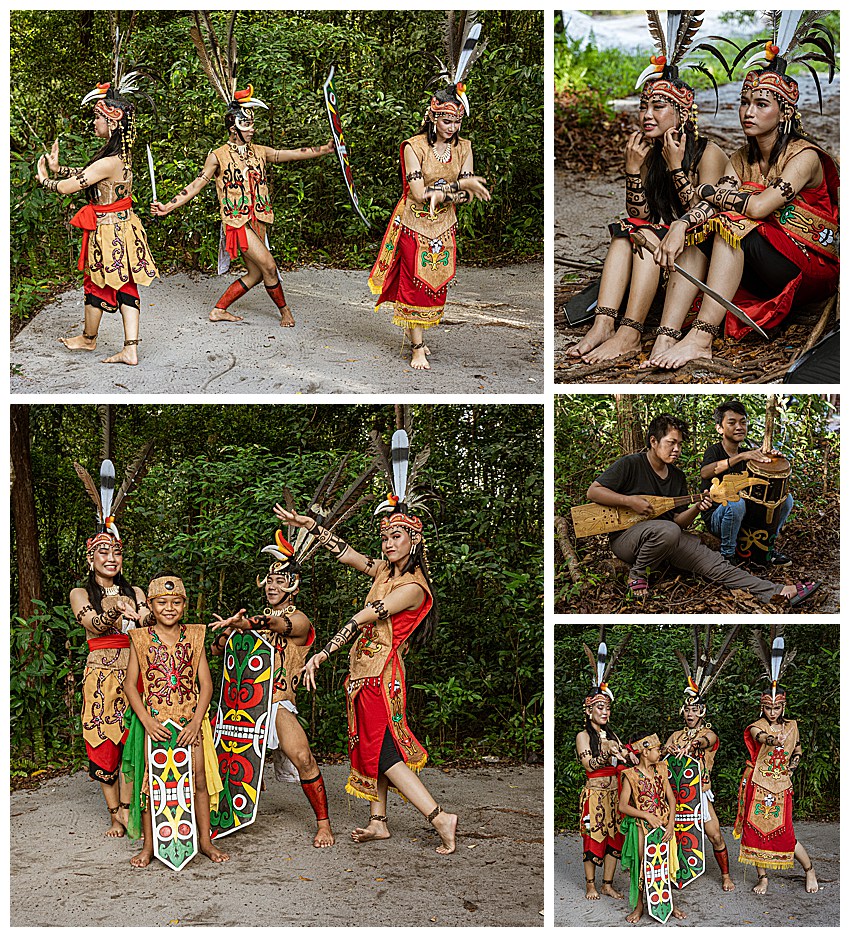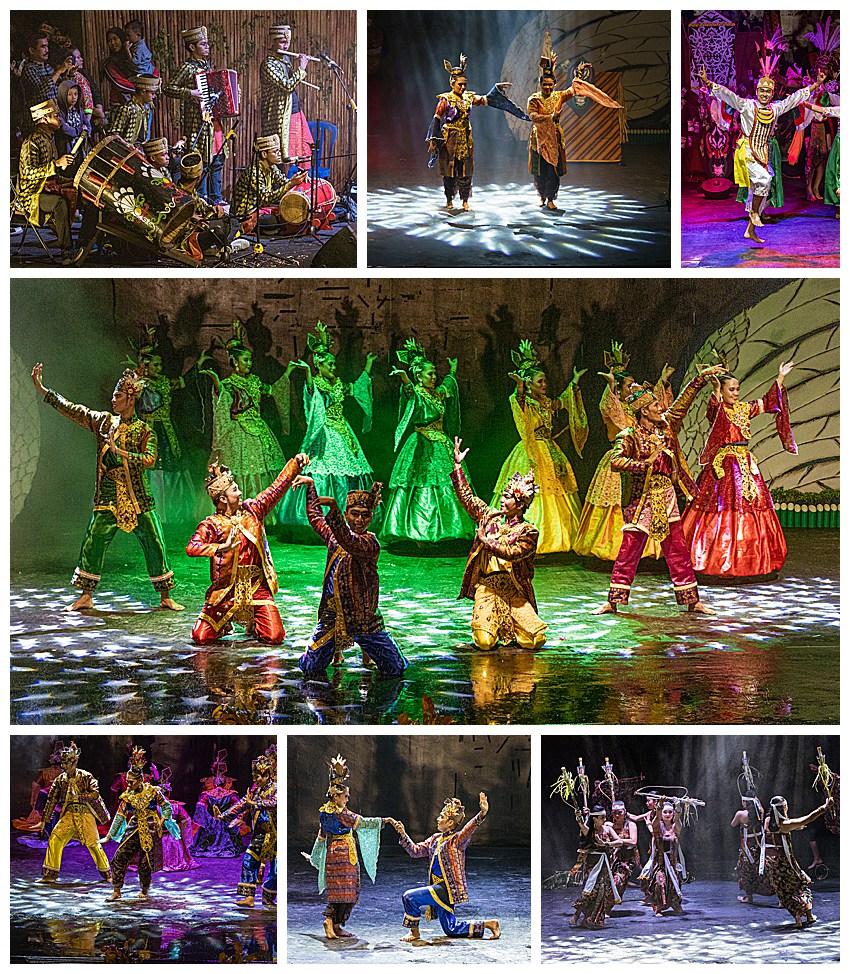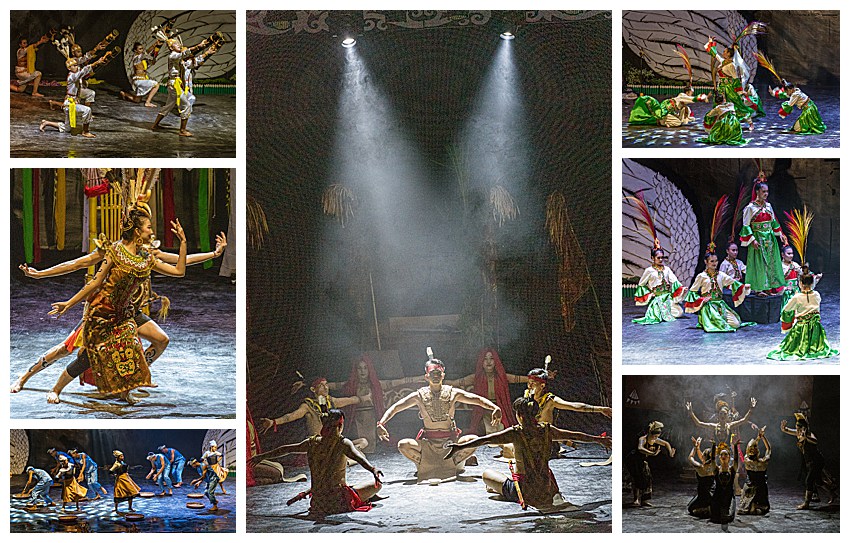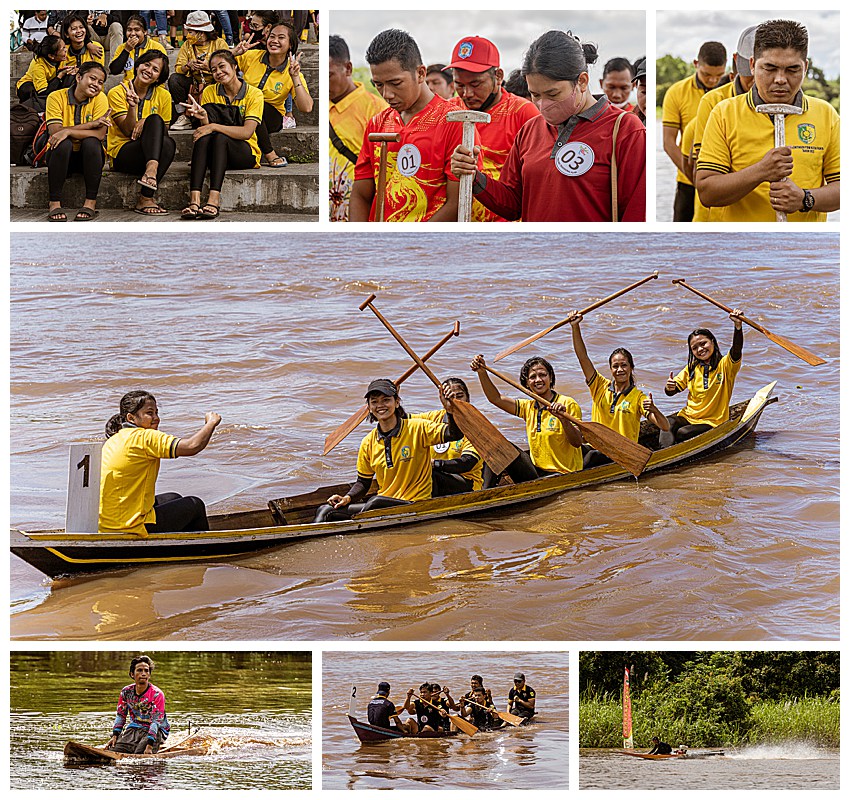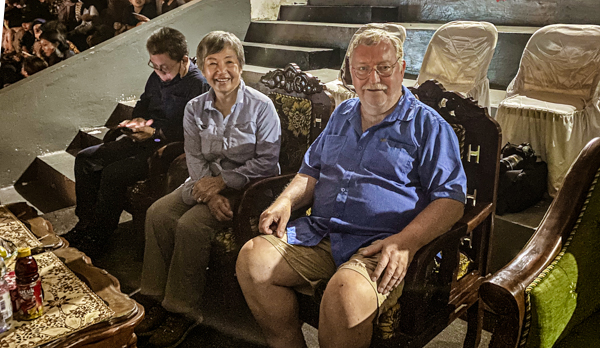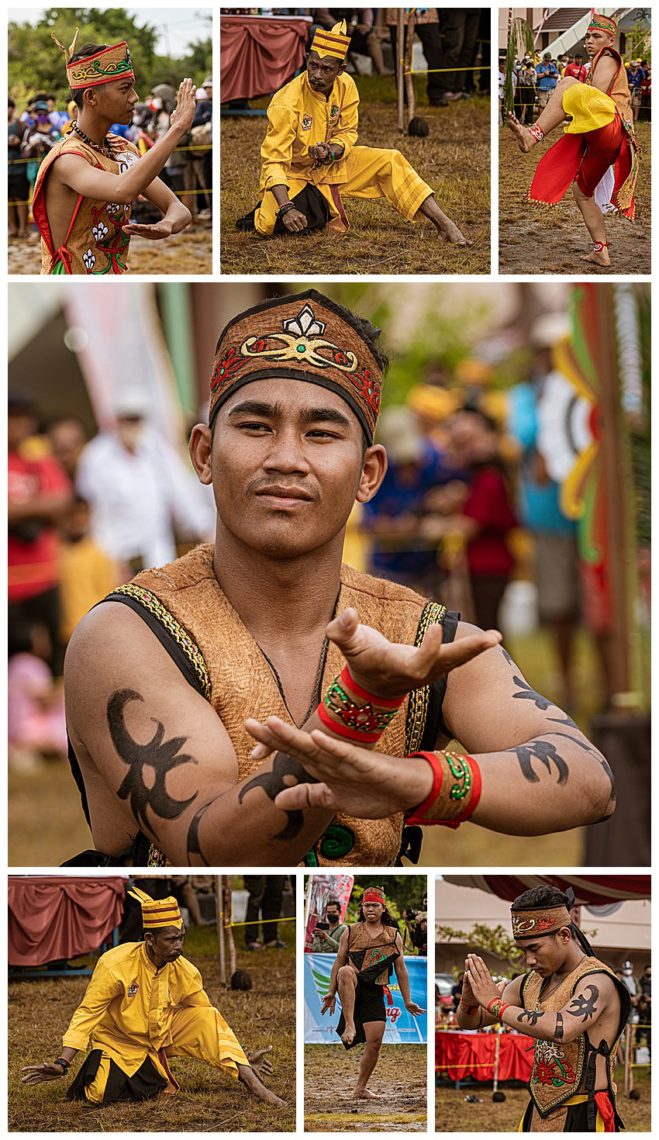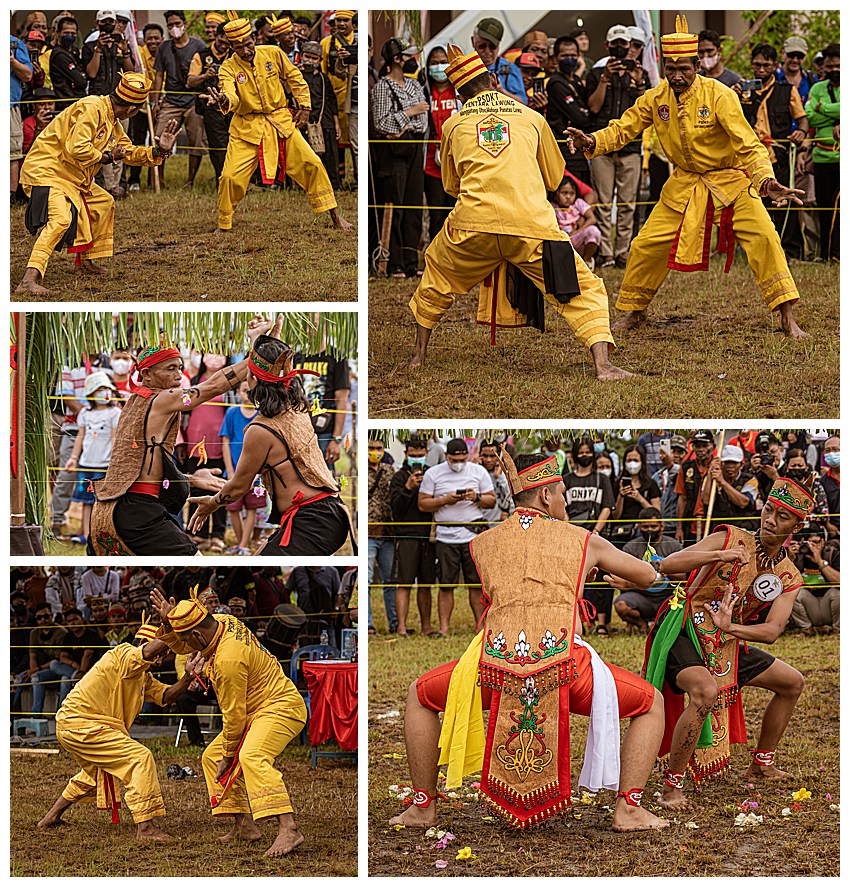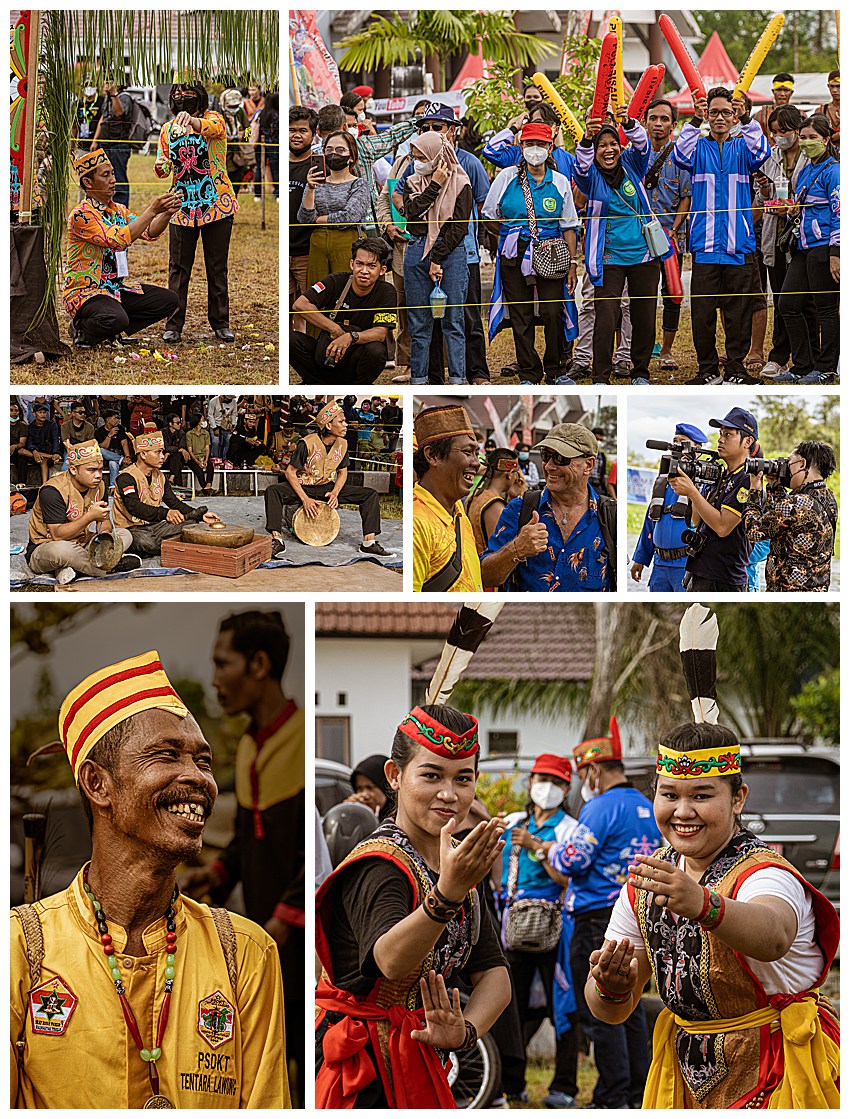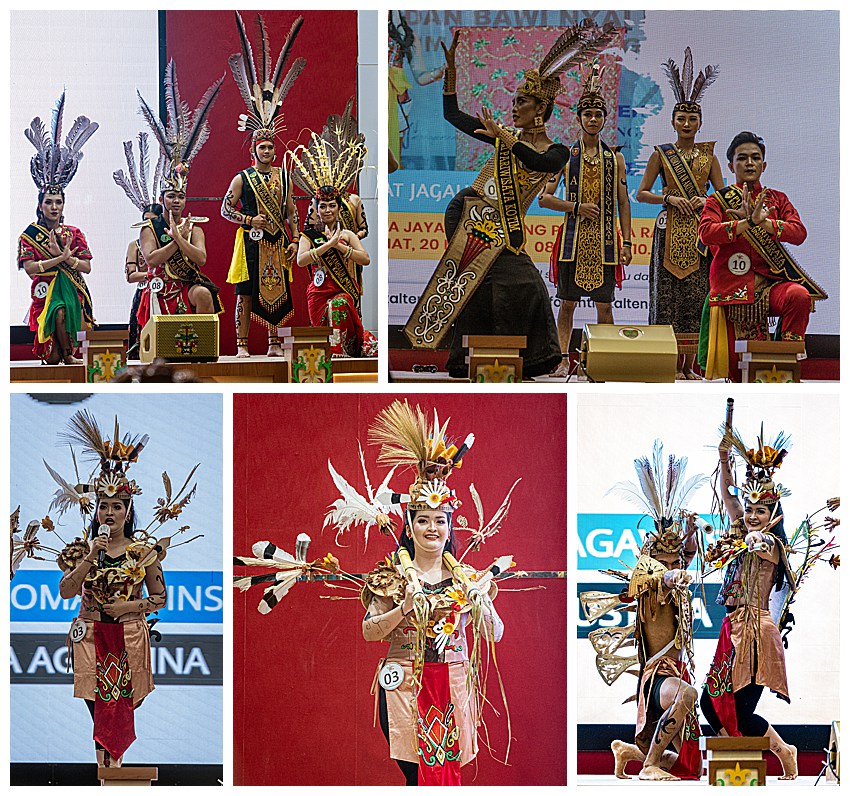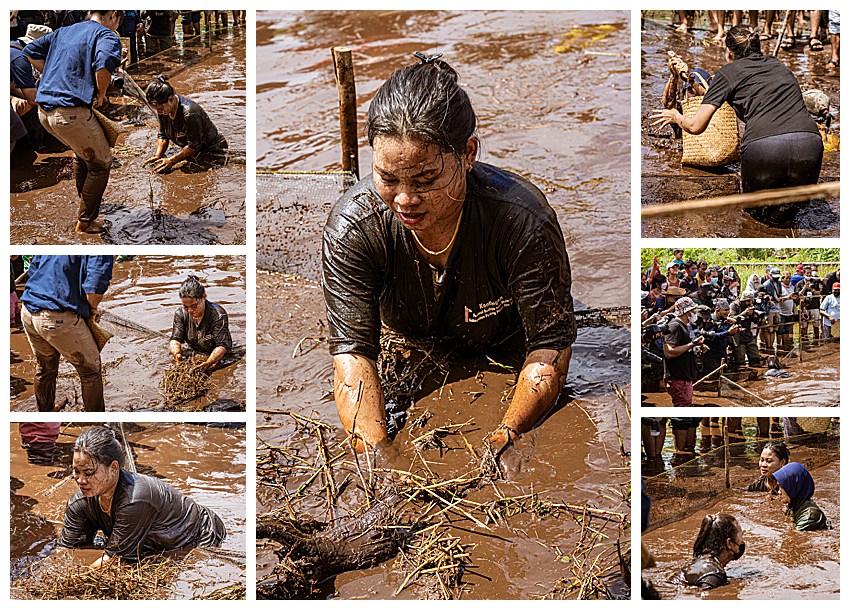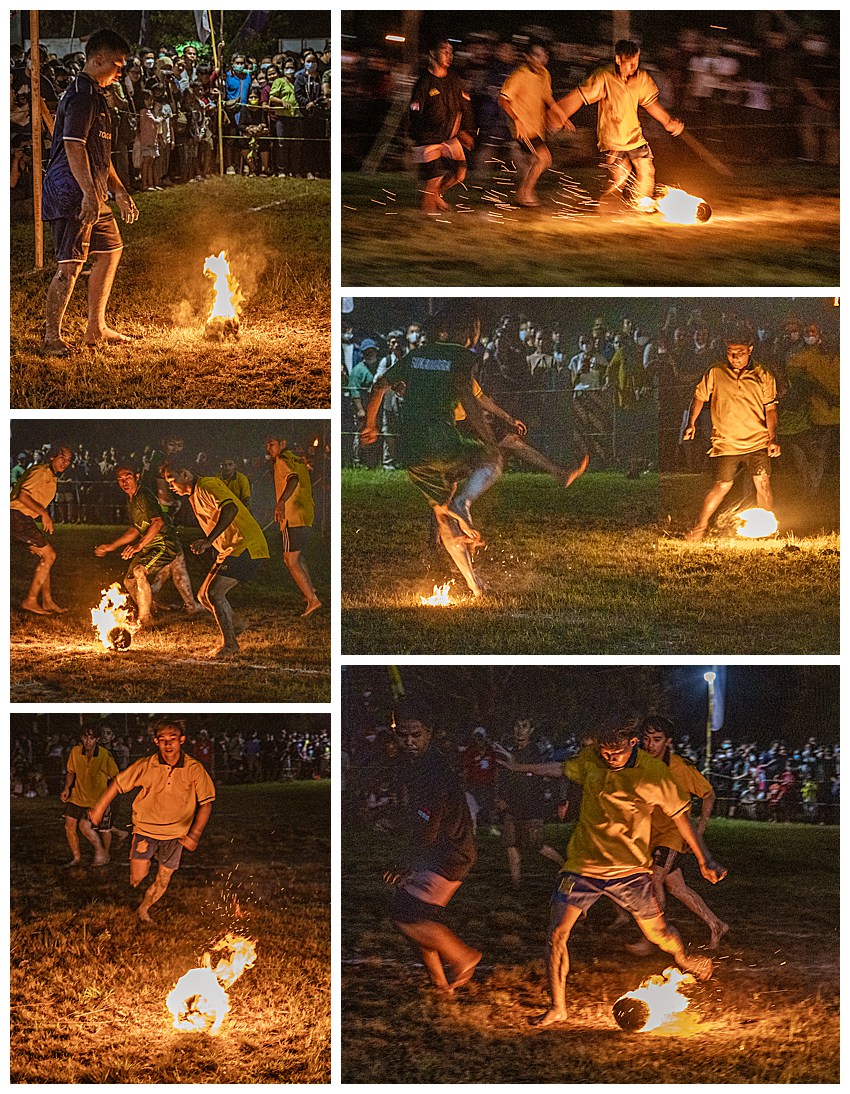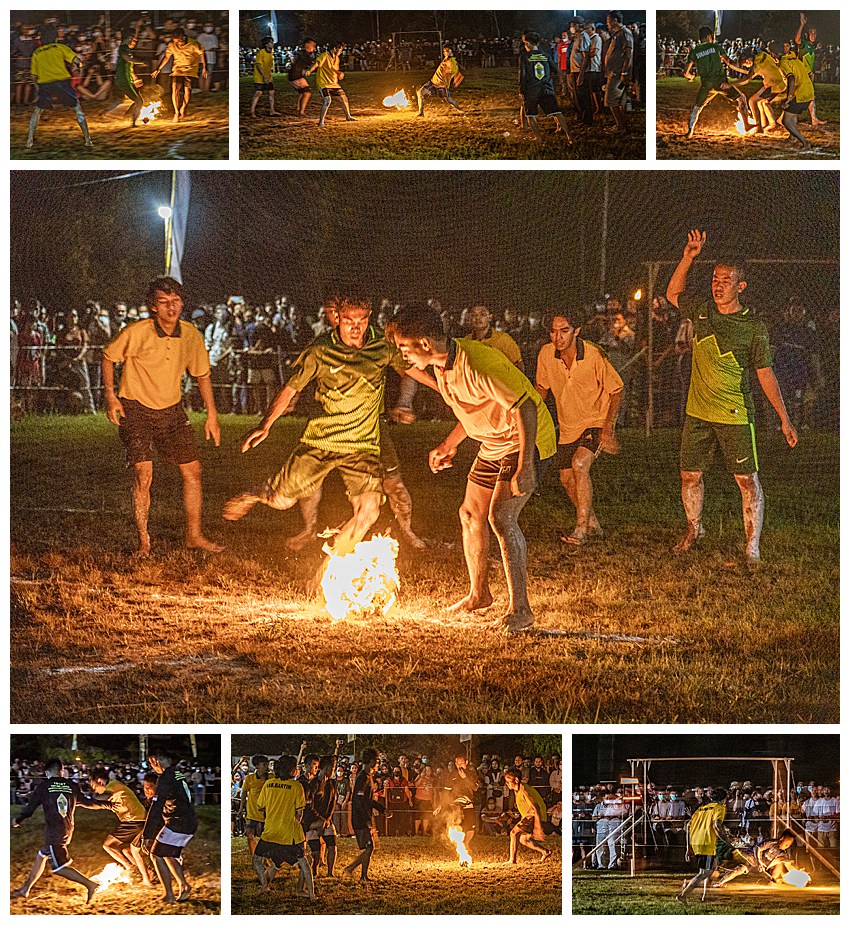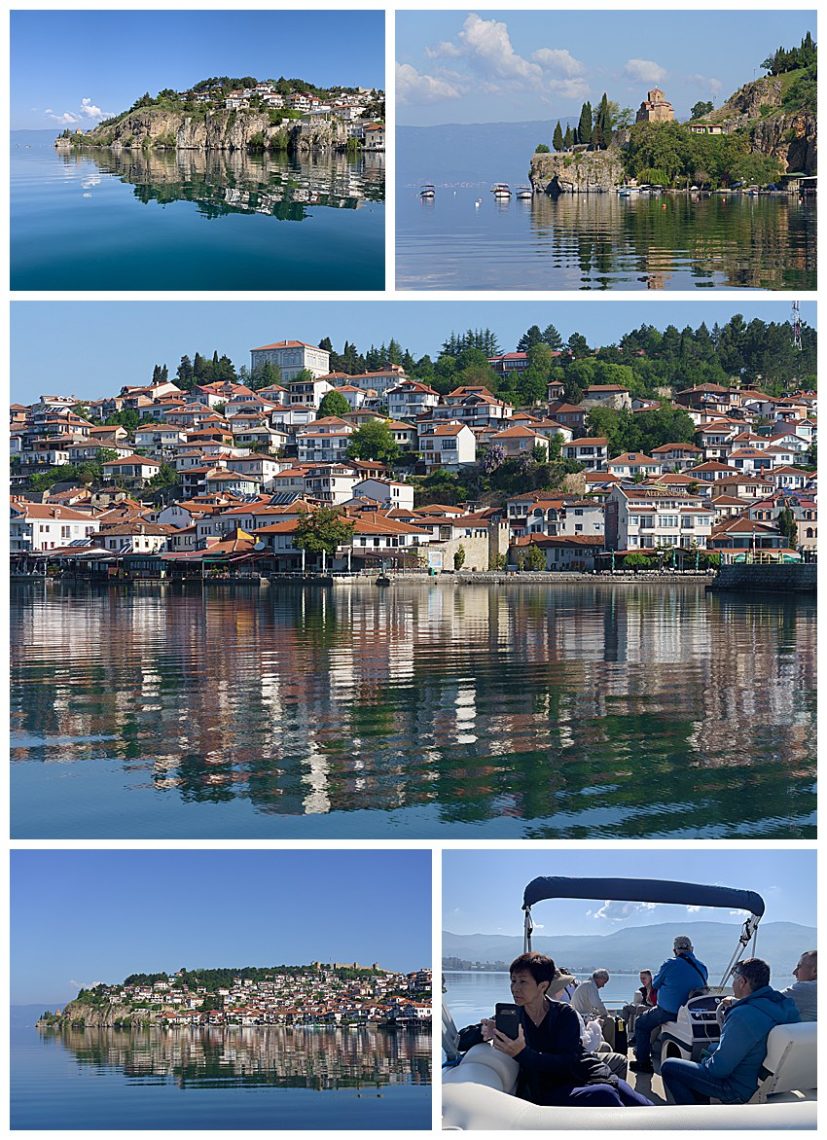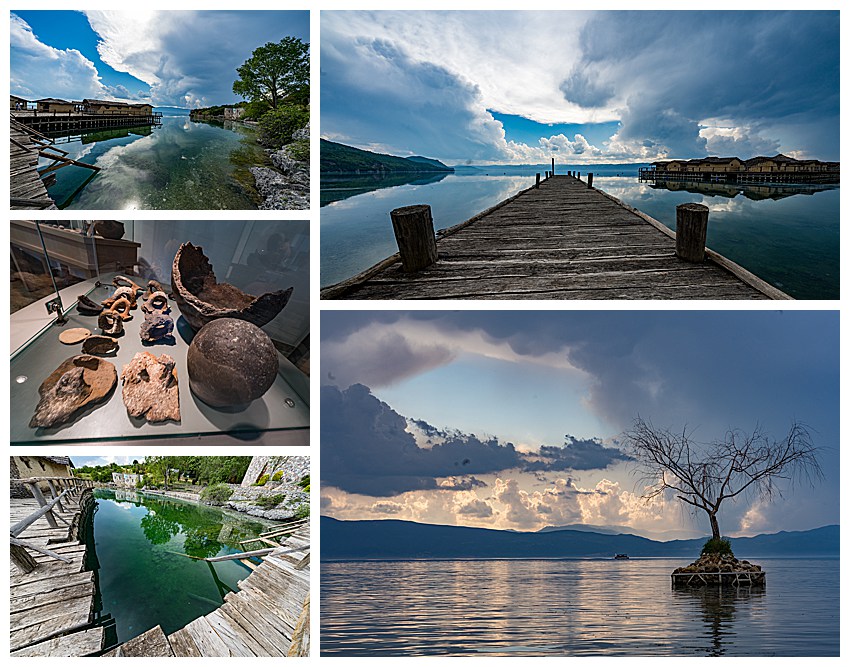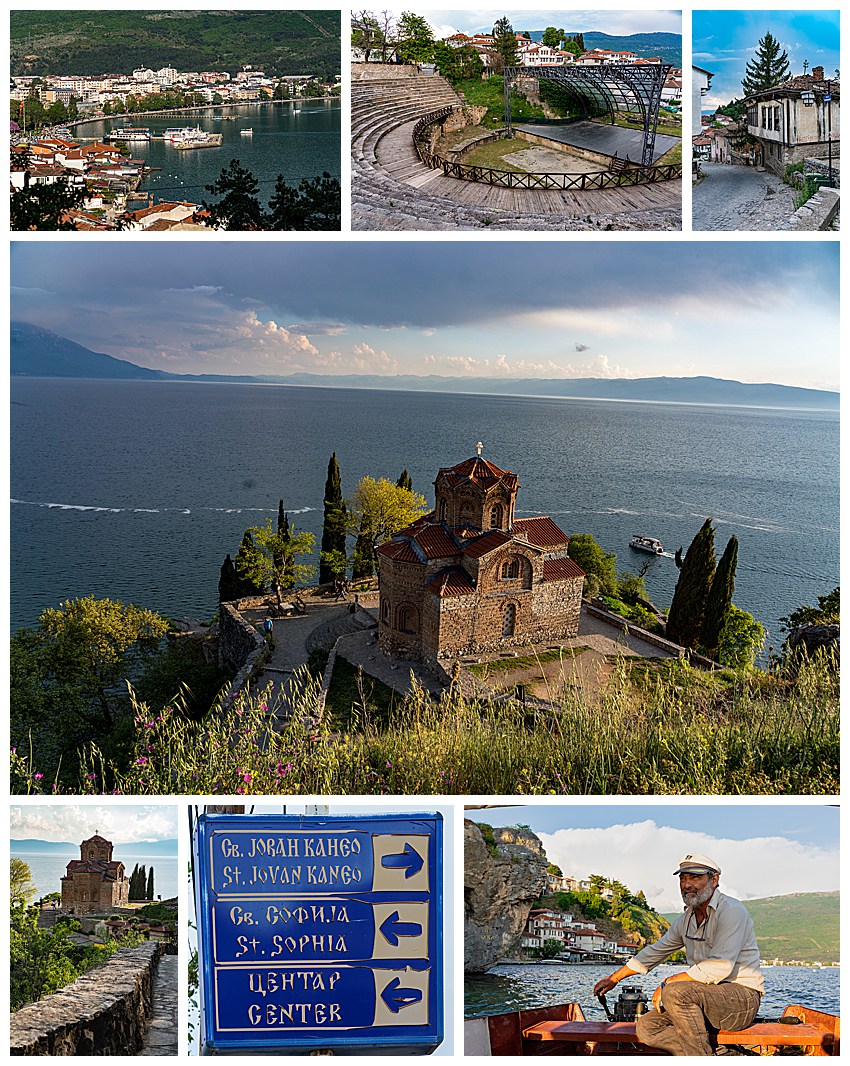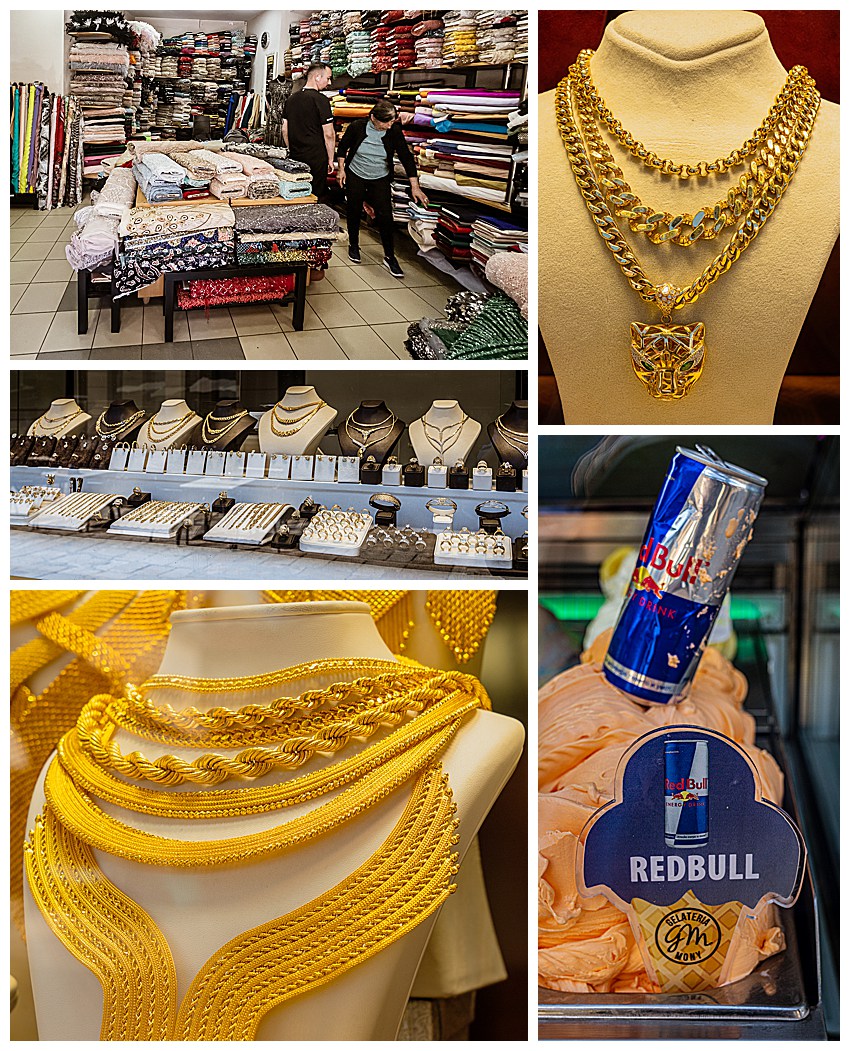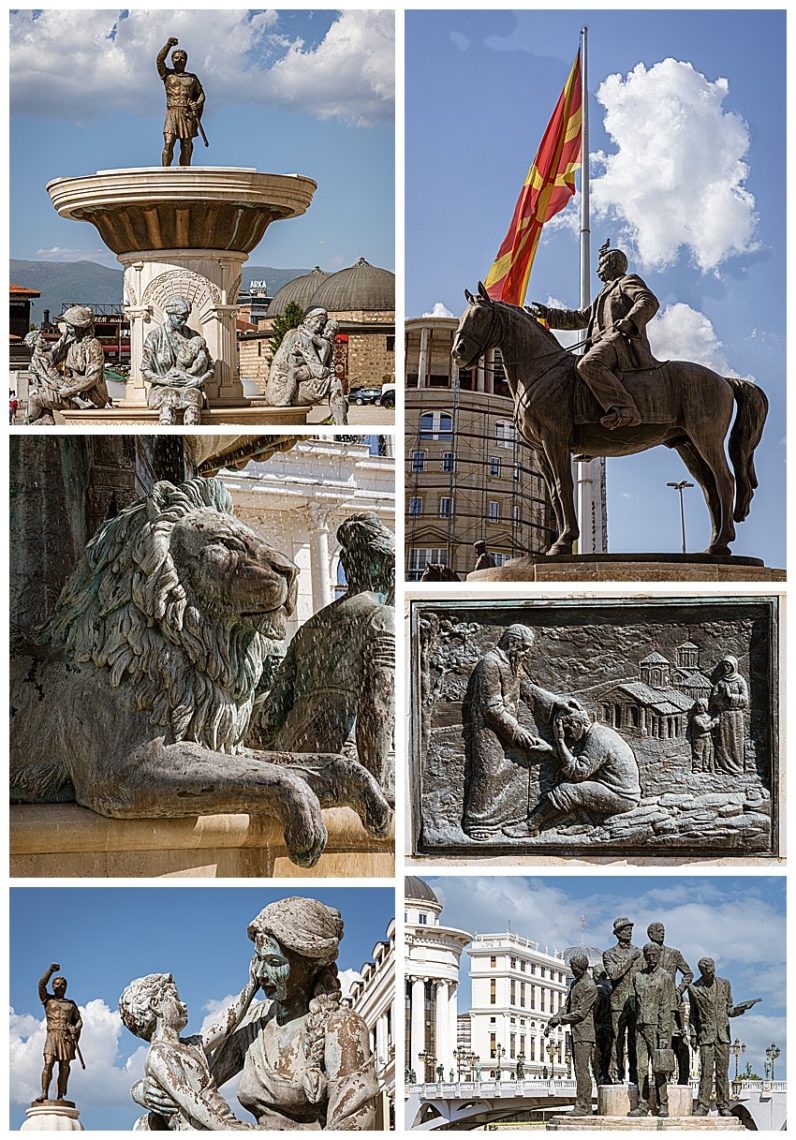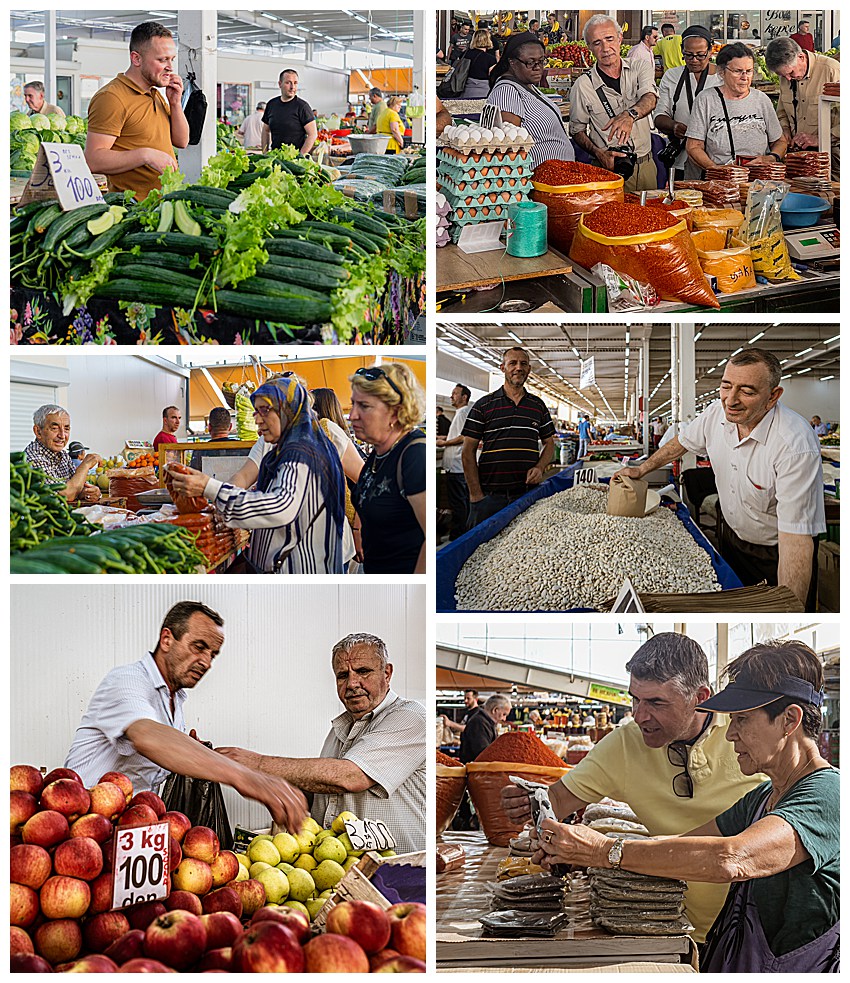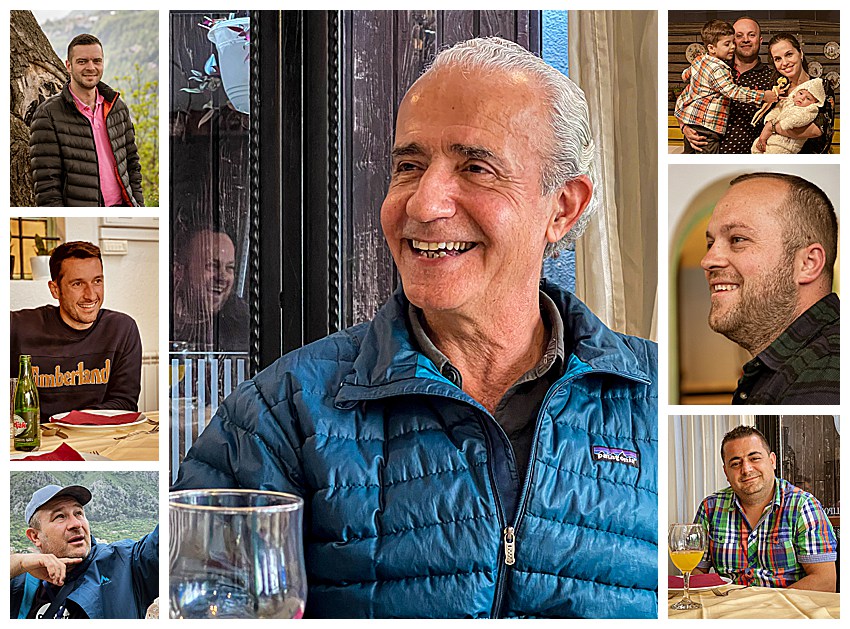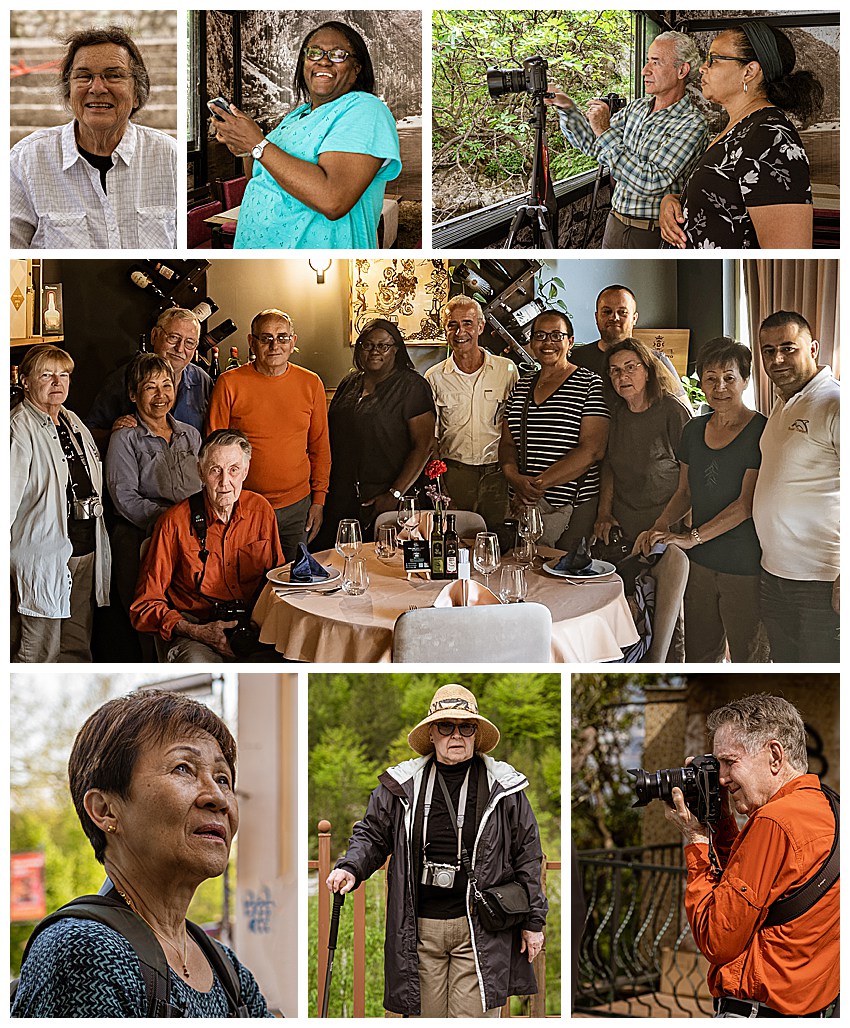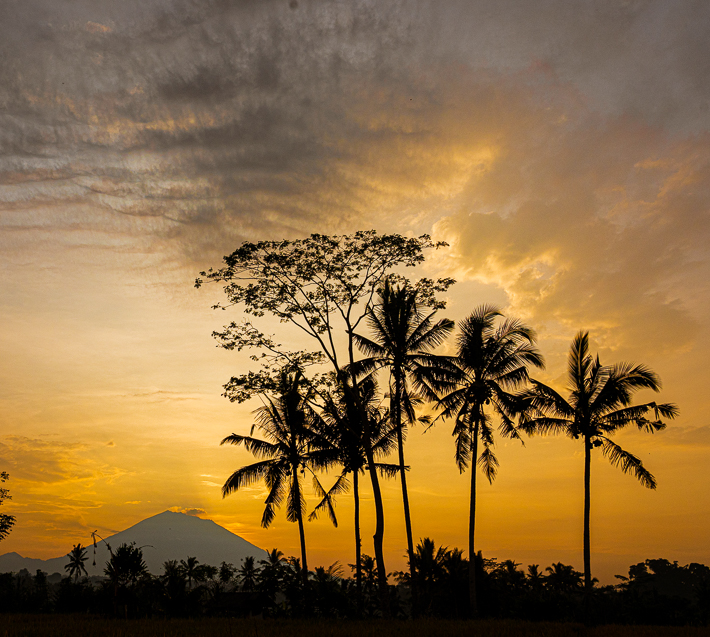
After leaving Kalimantan (the Indonesian province in Borneo), we traveled to Bali, which has been voted for years on TripAdvisor’s list as one of the top destinations, with its idyllic beaches, volcanic rocks, beautiful temples and welcoming people. Bali is only one of over 17,500 islands in Indonesia, with more than 6000 being inhabited. Bali is also the only Hindu-majority province in Indonesia, with most other provinces being primarily Muslim. The Hindu of Bali is not the same as found in India and other famously Hindu regions though, with the religion here having large influences in Animism.
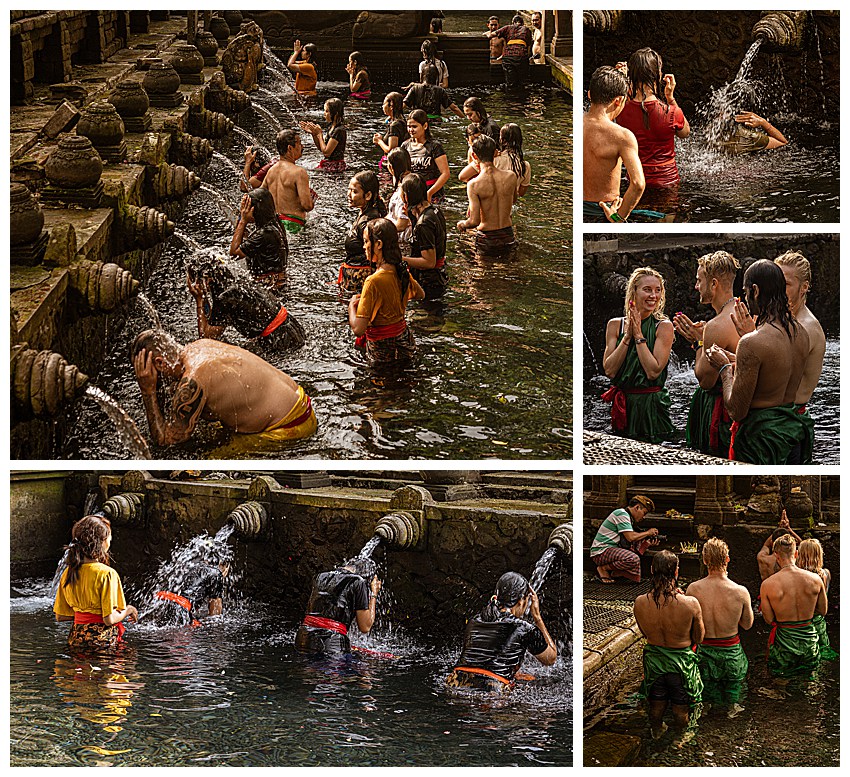
One morning, we visited an ancient holy water temple in Tampaksiring (near Ubud), where people go to purify themselves. It is also known as Tirta Empul temple, an important Hindu temple in Bali dedicated to Vishnu, the Hindu God of water. This temple is considered one of the five most holy temples in Bali, and there is a strict dress code, as every visitor wears a sarong out of respect when entering the temple. For purification, visitors queued in line to be baptized by the gushing holy spring water that is believed to have healing powers.

The temple is a holy place, with a steady flow of visitors arriving to pray at the various altars.
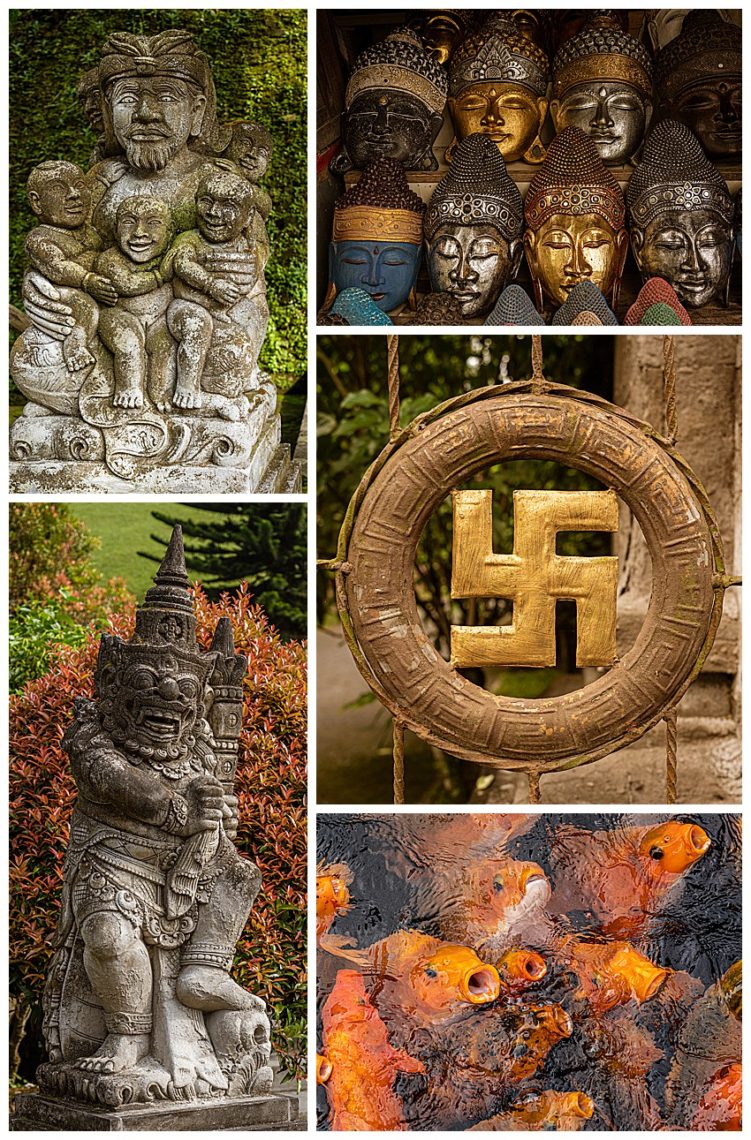
As with most of Bali, the Holy Water Temple includes stone shrines (left column) to Shiva, Vishnu, Brahma, as well as ones for Indra and Mount Batur. There were a few vendors selling tourist items, such as the masks top-right. There was also a very large fish pond with koi, most of which were competing for the bits of fish food being tossed into the pond by tourists (lower right), and a photo op for Instagramers.
Given Western sensibilities, it is sometimes jarring to see the symbol shown middle-right. However, this “swatiska” symbol is an ancient Hindu symbol signifying peace and well-being, and long predates Hitler’s usurping it for his more foul purposes.
This short 34 second video shows how the Balinese cleanse themselves in the fountains of the Holy Water Temple, and then how koi swarm when they are fed in pond.
